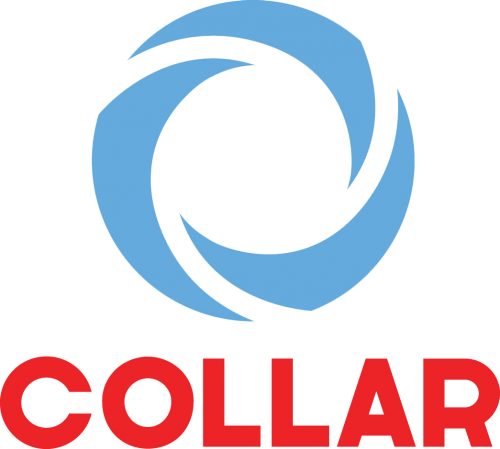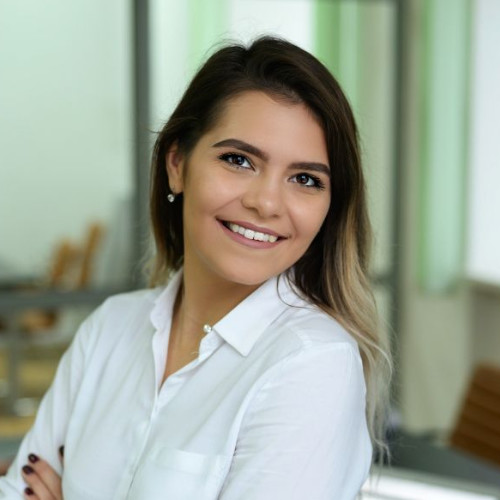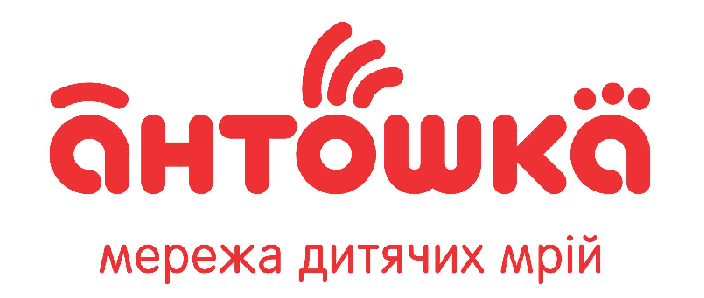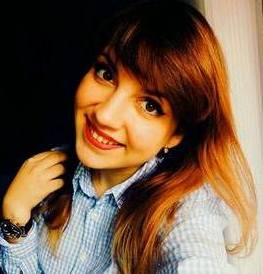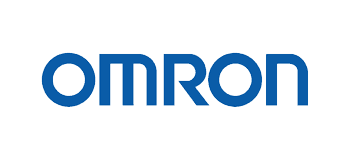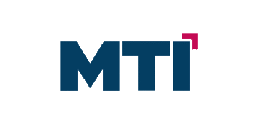

Nowadays only few people will be surprised by online courses or online lectures – anyone can open browser and find lesson, book or educational film that is interesting for them. Self-development and self-education are gaining momentum, and therefore, distance-learning systems are constantly being improved and updated.
Executives are interested in quality work of the company and do everything they can to achieve this goal. They organize online trainings for individual employees or the whole team. At the same time, employees should perceive training as part of their work – not a compulsion. The main task of the manager is to prepare high-quality materials and strategies for employee training.
eTutorium webinar platform organized an International 3-day online conference for HR professionals and corporate universities entitled “Technologies in employee training: how to engage, motivate and develop staff online?”. Professional speakers shared their experience, showed ready-made tools for motivating and engaging employees in online learning process, suggested ways of applying the acquired knowledge at the workplace.

We presented Collaborator at the conference’s “Solution fair” and showed the ways for company staff training to achieve new knowledge based on individual approach using GTD methodology at our platform.
About Collaborator platform in brief
Collaborator helps companies that want to train own employees and improve their professional level. We also work with professional communities, IT “schools” and other progressive educational institutions.
User interface of the platform is aimed at simplifying the user’s work, allowing to operation on both a computer and mobile devices. Collaborator is ready to be integrated with any software system, even competitor’s ones. This can be a corporate site, a personnel accounting system, a billing system, a data analysis system, etc.
One of Collaborator principles is usage of any allowed content. This can be video, audio, text, and any other material that is supported by browsers. These resources are located in Knowledge Base.

The second principle is the flexibility of learning and reporting processes.
You are not restricted by limits of courses and training groups. You can assign the study of a separate document, training program with courses, tests, polls and other elements to an individual or to several groups of people at once or in turn.
Flexibility of reports and ease of operation with them is provided through fast filters by all necessary parameters. Administrator can receive, review and download the report at any time and from any device.
On-the-job training — the training which really works
From our experience, we can distinguish three groups of people who influences success and effectiveness of training in any organization:
- executives, who understand the strategic goals of the company and determine the direction of development;
- coaches, teachers and mentors who create educational content and conduct classes;
- students.
Training will give results when at least the first two groups – leaders and coaches – are interested in it. Then company’s problem is only the motivation of the student-employees. And this can be solved by the correct approach to their training.
We believe that training should be an integral part of the work process. It is impossible to divide the concepts of work and training, they must be a single whole. One of the ways to successful training is the regular submission of knowledge in the form of small portions of only up-to-date information, which is exactly useful for an employee.
To make learning interesting, you need to simplify the perception of information. We promote GTD principle – “getting things done”. There are no time-bound schedules at our portal, instead of them – a list of tasks, looking at which a person estimates own training. People decide the order of completing tasks – which of them are top-priority and which can be done tomorrow. Of course, each of the tasks can have terms for execution, priority, and other criteria if Administrator specifies them, but the student should try to order this list on by himself and complete all tasks.

Contents of the tasks can be different: books, videos, articles, documents, webinars, presentations, polls or their combinations in the form of courses: video + article + test, etc. The main thing is that they are small and compact. Therefore, each student has “My tasks” list. By emptying this list, the student moves along his individual training.
This is “Empty inbox folder” technique. It is described in details here.
Those users who have access rights to creation and editing functions, for example, administrators, coaches and mentors, carry out development of the courses. Administrator selects task type (resource, course, test, etc.) and content itself, changes name if needed, specifies execution time, success threshold and assigning mode. Users can pick up tasks from Catalog by themselves (as a rule, these tasks are not limited in time).

Communication and synergy
We should not forget about communication. Reminders about assigned tasks, feedback on training and discussion of tasks by employees are always important. This helps in proofing of training results, gaining new knowledge, identifying of internal experts. In fact, thanks to communication, the portal becomes a central source of knowledge, where employees can seek information and help.
Communication at the portal maybe performed in various forms: commenting, chat, forum, notification and information, mailings and reminders, targeted communications.
Administrator enables commenting when creating tasks – “Allow commenting” option. Typically, users post comments for indicating errors, reporting problems with completion, or asking questions when something is unclear. Users can change own comments within 5 minutes after posting. Notifications about new comments are sent via e-mail and Push-messages.
Administrators may track new comments by “Moderation – Comments” tool and promptly respond to user requests.
The next form of communication is chat. It is intended for short direct messages of instant communication. Messages in the chat are encrypted and are not moderated by Administrators. This increases trust of users to the system. There is also an option to change your message within five minutes and search in messages.
Forum is an alternative to chat. Unlike the chat, messages at the forum are moderated. You may create an open or closed topic, invite new people to discussion, express attitude to messages.
Various alerts from the system help in informing of employees. These are notifications about news, changes in Knowledge Base, announcement, events, meetings, etc. Notifications are sent automatically using Push messages, SMS or e-mail.
It is good practice to extract useful data from communication and create new information materials on the topic of discussed issues. Therefore, Knowledge Base is filled in with fundamentally new, practical data that will be used by the company.
Do not forget to admire the employees who shared their experience, good ideas and are not afraid to ask questions – it is very important for them.
Knowledge Base is the basis of Collaborator platform.
Knowledge Base helps people in personal growth and self-improvement. When Knowledge Base starts helping employees in their work and they begin filling it by themselves, then uptaking of information by employees can be considered as effective. Monitoring and results analysis helps in identification of information, which gives great benefit in training. Tools for this are part of our platform.

Knowledge Base of Collaborator automatically includes all portal’s information sources: news, forum, wiki articles, and training resources. It supports searching by content, by category tree and by resource tags. Therefore, Collaborator users can find answers to their questions independently while working, even before contacting mentor, coach or supervisor.
It is possible to upload different resources into the Base: page, HTML-site, files, video, text, links, and presentations. Collaborator automatically converts resources to the form that works correctly in all browsers, for example, PDF and PowerPoint presentations – in web presentations; MS Word documents – in web pages or wiki-articles; videos of any format – in MP4 and OGG.
Knowledge Base supports division of access rights to resources. Access rules are configured by user attributes: city, position, department, tag. As a result, user cannot find the resource, if he does not have access to it.
Collaborator portal has two sides. For users it is a platform for training of company employees where it is possible to communicate and find necessary information in Catalog. On the other hand, when people start using the system both for training and daily work – they eventually create Knowledge Base inside the system, which keeps connections between the elements and resources as well as helps to find important and needful materials. Combining these functions of Collaborator, the company provides knowledge sharing and effective work of employees.
Our presentation at International conference for HR-Specialists and corporate universities – “Technologies in employee training: how to engage, motivate and develop staff online”.


